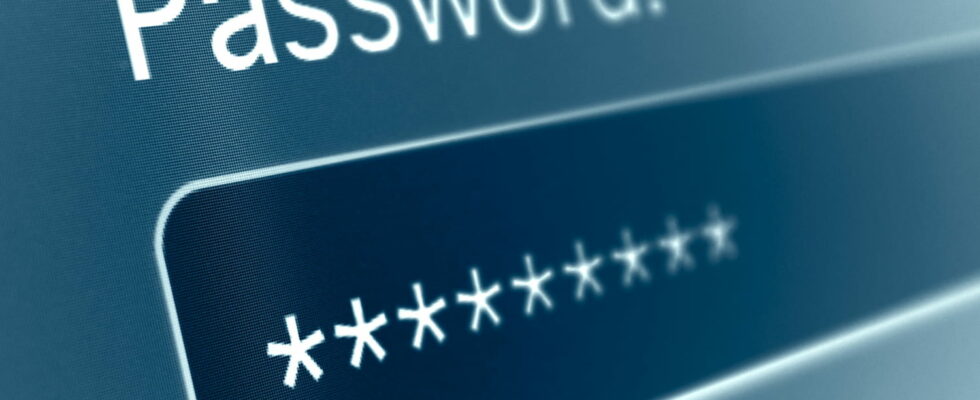Having trouble remembering the different passwords you use for your online accounts? Use this simple technique to create complex combinations and remember them effortlessly!
Mail, social networks, administrations, banks, streaming platforms, merchants… All the online services that you use on a daily basis are linked to accounts to which you connect using two “open sesames”: an identifier – most often an email address or a telephone number –, called login in English, and, above all, a password – password in English. It is the combination of these two elements that allows you to be uniquely identified to use an account.
The problem is that while it is very easy to remember an email address or a phone number used as an identifier, it is more difficult to memorize passwords. Indeed, for obvious security reasons, it is strongly recommended, on the one hand, to use different passwords for the sites and services that we use, and on the other, to form them using complex combinations of numbers, symbols and upper and lower case letters. And unless you have the mind of a cryptographer, remembering these convoluted sequences of characters is essential to your security.
There is, however, a simple method to easily create unique passwords that are both complex – and therefore “strong” – and easy to remember. It consists of composing them in two parts: a fixed one, which serves as a “root” common to all accounts and a variable specific to each site or service. By combining these two elements, you can form as many different and complex passwords that you will have no trouble finding. The whole secret lies in the “recipe” for their creation.
For the fixed part, construct an easy-to-remember sequence, combining numbers, uppercase and lowercase letters, and one or two symbols, such as Password? Or $truKChoz1789. No need to make it too long, 8 or 12 characters are enough, as long as the sequence is complex. For the variable part, use a few letters related to the site or service, such as CCM for HowItWorks, IMP for impots.gouv or AMZ for Amazon. All you have to do is add it before or after the fixed part to have a complex password like CCMMot2%Passe?, Mot2%Passe?IMP or Mot2%Passe?AMZ.
It’s up to you to customize this principle to obtain your personal magic formula. You will thus have a simple method to create as many unique passwords as you want: you will just have to remember your root and the recipe to complete it in order to instantly find the password associated with a particular account.
